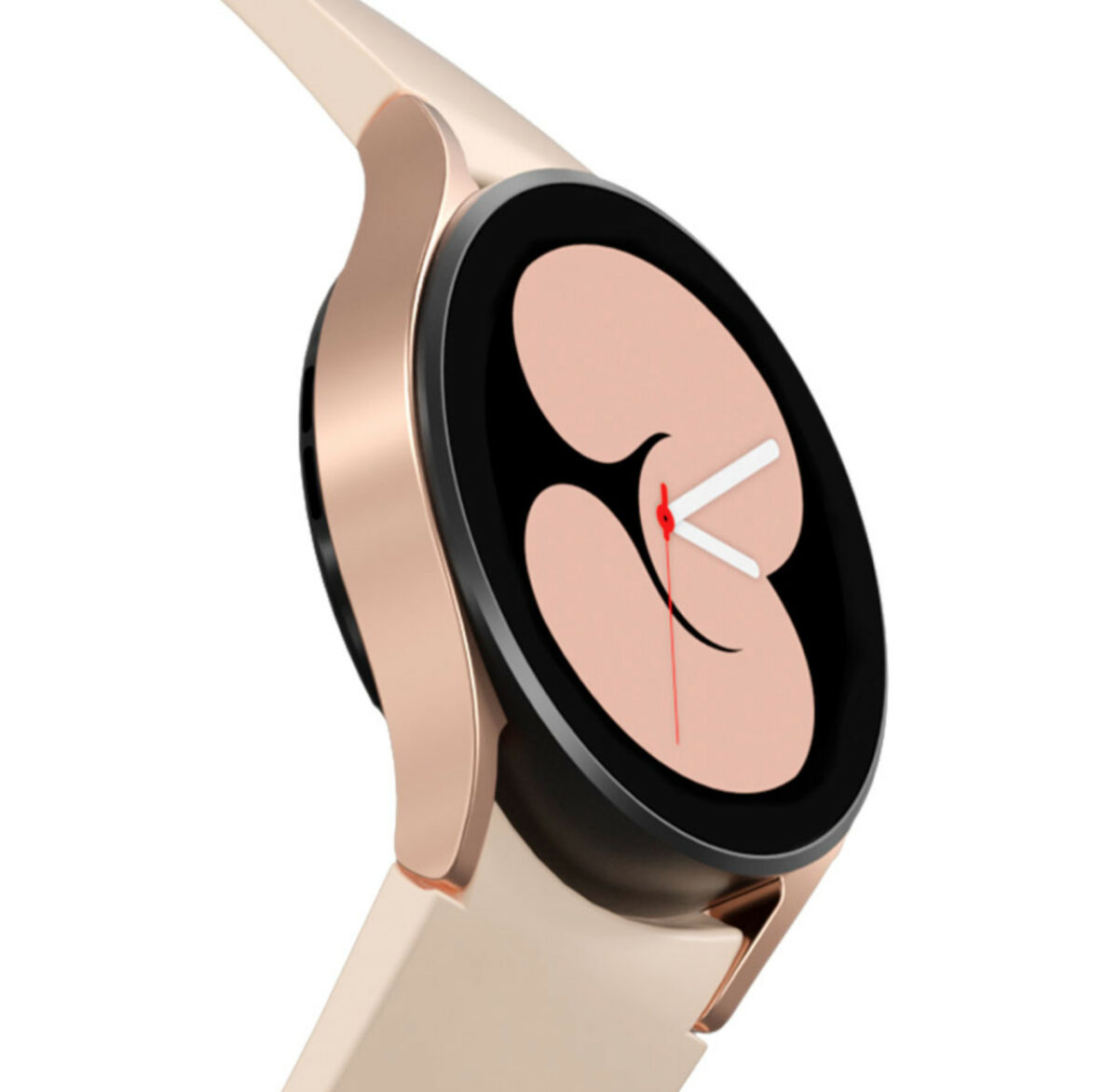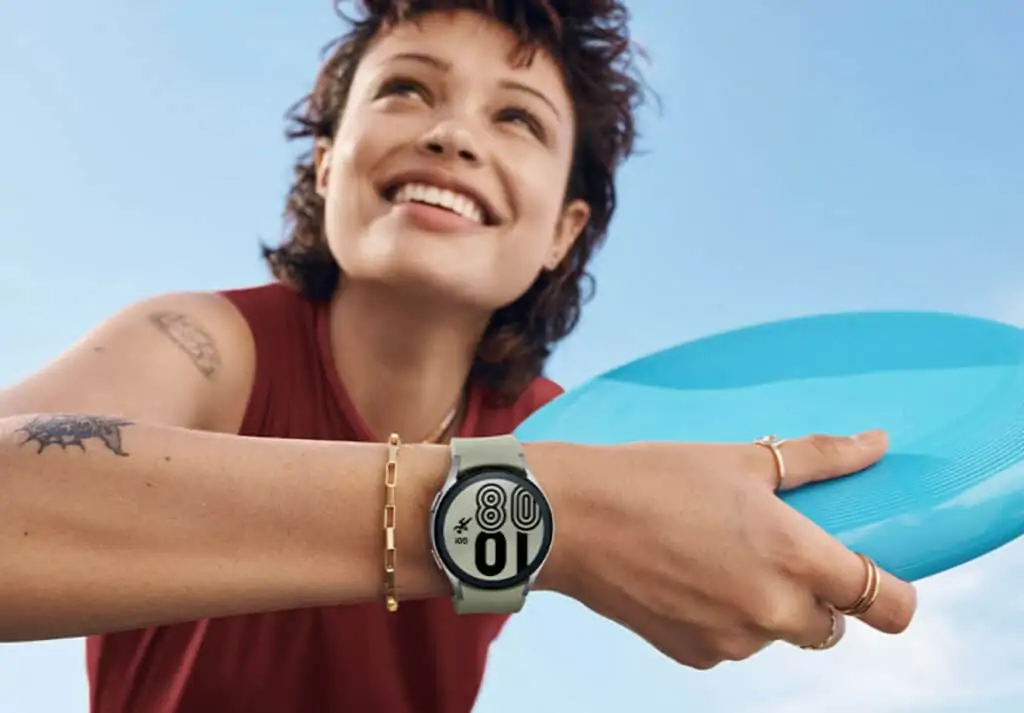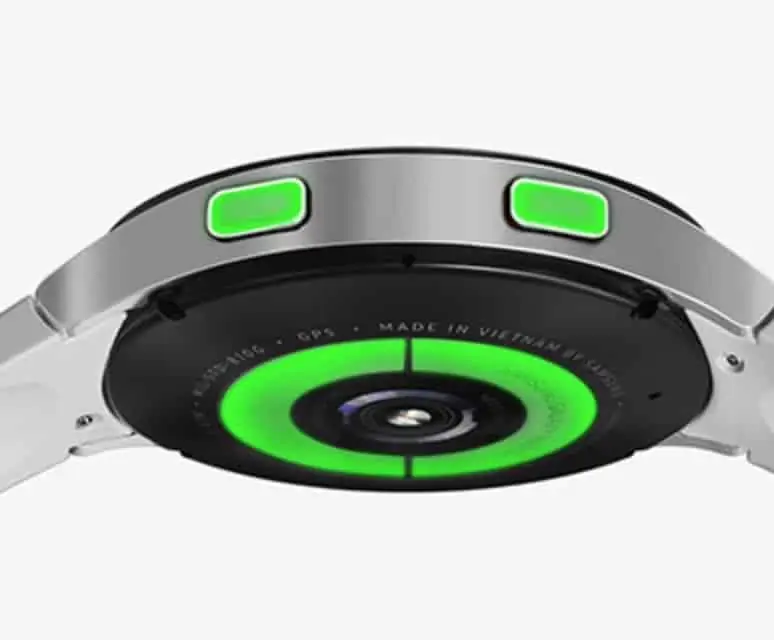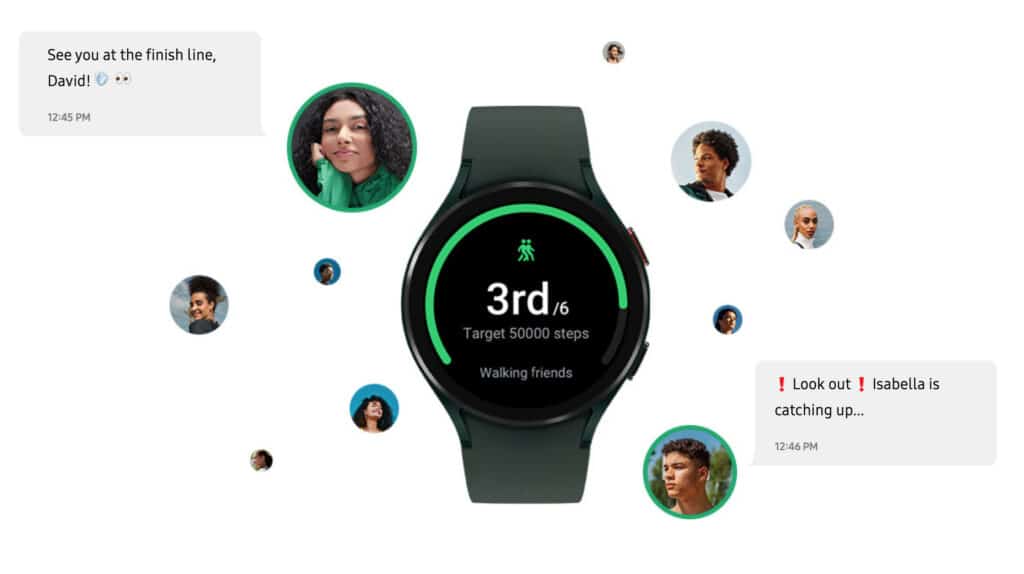When it comes to measuring your body fat and over body composition from your wrist, you have two options right now. Let’s take a look at both
If you’re into health, or you work out regularly, chances are you know your body fat percentage. Knowing your body fat percentage not only lets you better track your progress, but it also helps when dialling in your macros and calories.
If you’ve been on a cut for several months, for instance, and you’ve been good, your body fat percentage will have probably dropped a good few points. If this happens, you would then need to recalculate your macros and calories in order to keep cutting.
Why? Because you’re smaller – with respect to body fat and overall weight – than you were at the beginning of your cut and, therefore, require fewer calories. If you started on 2400 calories, for instance, you might now need to drop to 2200 to continue your fat loss.
But how do you figure out your body fat percentage? There are a number of ways available. You can use callipers, you can use a smart scale, or you could cough up for a DXA scan. Or, now that it is 2021, you could get yourself a wearable that measures body fat and composition.
The Samsung Galaxy Watch 4 Can Accurately Measure Body Fat
Up until very recently, the only smartwatch/wearable that measured body fat and body composition was Amazon’s Halo Band. But Samsung’s new Galaxy Watch 4 has now joined the fray; like the Halo Band, it too will measure your body fat and body composition from your wrist.
The Galaxy Watch 4 uses bioelectrical impedance analysis (BIA) to measure body fat and composition. You don’t need any extra accessories or add-ons, the Galaxy Watch 4 does it all from your wrist by sending a weak electronic current through your body to estimate your current body fat percentage.
And while this might sound slightly freaky, you needn’t worry – the electronic current is so weak you will not notice it. But the way it works is really cool. The current passes through your body and, because fat has lower water content than other tissue in the body, and the current moves faster through water, the Galaxy Watch 4’s (BIA) can give you a pretty accurate reading.
Interestingly, (BIA) is what most smart scales use to measure your body fat percentage through your feet. With the Samsung Galaxy Watch 4, Samsung is simply made the sensor A LOT smaller so that it can be placed on the back of the watch and do the same thing from your wrist. Pretty clever, right?
Is It Accurate Though?
Because of its small size, you’d imagine the Galaxy Watch 4 would come with some limitations and/or caveats when it comes to measuring body fat. But according to a study conducted by Samsung that compared the Galaxy Watch 4 to a DXA scan, the fitness industry standard, and a BIA scale, the Watch 4 performed favourably.
The correlation coefficient and standard error of estimate of percentage body fat were 0.899 and 3.76%, respectively, in comparison with dual-energy X-ray absorptiometry. This result exceeds the performance level of the commercial upper-body portable body fat analyzer (Omron HBF-306). With a measurement time of 7s, this sensor technology is expected to provide a new possibility of a wearable bioelectrical impedance analyzer, toward obesity management.
You can check out the full study here; it included 203 participants and took place in Seoul during January 2021. If you don’t want to read the full thing, the takeaway from the study is pretty compelling: the Galaxy Watch 4 was more or less on par with a DXA scan which is damn impressive for a first attempt from Samsung.
Samsung’s method for measuring body fat percentages is also markedly different to how it works on Amazon’s Halo Band. With the Halo Band, the app requires that users take photos of their body which are then combined into a 3D image. This 3D image is then used to calculate body fat. Again, the Halo Band is been shown to also be fairly accurate in studies.
Given a choice, I think I’d personally prefer to use Samsung’s solution. I don’t particularly like the idea of taking pictures of myself and sending them off to Amazon for analysis. I think out of these two solutions, Samsung’s innovative shrinking of the BIA sensor is the one that will win out.
In fact, I can see the Galaxy Watch 4 being so popular with fitness people that we’ll probably see Apple add in something very similar on its next Apple Watch release. After all, body fat percentage, especially for athletes and those that lift, is a much better health metric than BMI which is often very misleading.
Why This Is Important?
Being able to get accurate readings on your body fat is extremely important for a range of reasons. The most important one, however, is that all-cause mortality increases as body fat goes up. The higher your body fat, the more risk you have from diseases like heart disease and cancer.
By allowing people to track their body fat from their wrist, the wearer can quickly get actionable results and data about their progress. Traditional scales can be demoralising too, as weight can fluctuate massively on a weekly basis. You can be heavier, for instance, but have lost body fat, thanks to building lean muscle and stuff like water retention. This is common when you start lifting weights.
A body fat reading, however, is not like a scale. It will show progress where a set of scales will not. If you start lifting weights, your muscle mass will increase and this will likely mean your fat levels will decrease. If this is the case, a BIA sensor will pick this up whereas a scale would not – a scale might even tell you you’ve put weight on.
And the fact that Samsung has now managed to do this will almost certainly lead to every other smartwatch maker doing the same. That means in about 12-24 months you’ll be able to measure body fat on Apple Watch or a smartwatch from Huawei or Fossil. And this is a very good thing indeed. Because we could all do with being more mindful of our health these days.
Best Price | Galaxy Watch 4 | $269/£269 (Samsung Store)







